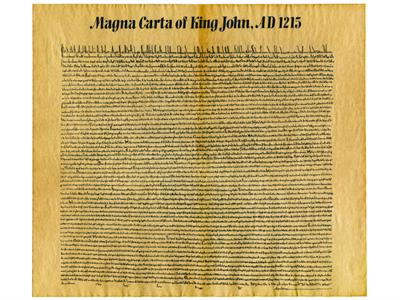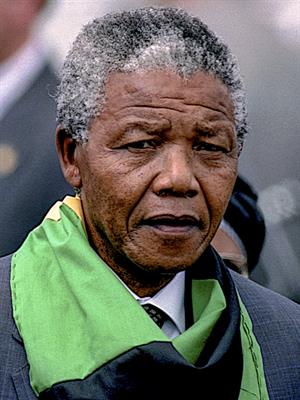
PUMPA - SMART LEARNING
எங்கள் ஆசிரியர்களுடன் 1-ஆன்-1 ஆலோசனை நேரத்தைப் பெறுங்கள். டாப்பர் ஆவதற்கு நாங்கள் பயிற்சி அளிப்போம்
Book Free DemoThe History of Human Rights
Human rights slowly developed along with the civilisation of Human beings. The ancient humans didn’t have the issues of discrimination, but later on, the competition brought discrimination among them.
The United Nations is the Guardian of the Human rights of the Modern world that has a long history of defending the rights of humans against all the odds across the world.
The Cyrus Cylinder and Human Rights
Cyrus, the great king of Greece captured Babylon, in \(539 BC\). He ordered the release of the slaves captured from Babylon and declared that all people have the right to choose their own culture and religion and thus establish equality. The records of Cyrus were kept in Baked-Clay cylinder which was given the name “Cyrus Cylinder”. These records served as the basic tenets of Universal Declaration of Human Rights.

Magna Carta of 1215
Based on the historical evidence of the past and the emergence of the concept of democracy in Greece and Rome, the concept of “Natural Law” also developed.
These developments around the world gave rise to the new human rights charter in England. It was called the Magna Carta of \(1215\), which was created under the regime of John, the King of England. The historians hailed this document as the “Cornerstone of Modern Day Democracy”.
Human Rights and UN:
The United Nations serves as the Umbrella Organisation for the Protection of Human rights across the World. It was established on \(\text{24 October 1945}\) after the Second World War to guarantee Human rights to the people and prevent future wars.
UN Day was celebrated annually to commemorate the establishment of the United Nations on \(\text{October 24, 1945}\).
The UN defines that “Human rights are rights that are innate to all humans irrespective of their Nationality, Sex, Race, Ethnicity, religion and language. Every human being in the Universe is entitled to these rights without any Discrimination”.
December 10: The Universal Declaration of Human Rights (UDHR) was adopted by the UN General Assembly on \(\text{Dec 10, 1948}\), hence this day is celebrated as “Human Rights Day”.
Nelson Mandela and The Apartheid:
The Name “Nelson Mandela” is always synonymous with Human Rights around the globe. Born in a tribal family in Transkei, South Africa, he pursued law at the University.
Since his childhood Mandela was a victim of the whites domination which provoked him to question the “Policy of Apartheid” in South Africa.
Apartheid: This was a policy of racial segregation by which the people of South Africa was classified according to their skin colour. Economic, Political and Legal discrimination were part of this policy.
According to the Apartheid Policy People of South Africa were classified under four shades. They are:
1. Europeans/Whites
2. Black
3. Coloured
4. Indian/Asian
The Struggle and the Victory:

Nelson Mandela
Mandela rose against the inhumane practice of discrimination, the “Apartheid” and protested against the government with thousands of people joining him. He was arrested and imprisoned for \(27\) years.
Robben Island: Nelson Mandela was lept in the Prison situated in Robben Island where he spent 18 years of his life along with the Prisoners of Namibia.
With internal protests and International pressure on the South African government, they finally decided to release Mandela. He was simultaneously negotiating with the government to end the Barbaric policy.
In \(1990\), fearing a bloody civil war, then-President F.W. De Klerk ordered for the release of Mandela, who later went on to join and lead the “African National Congress” (ANC).
In the \(1994\) elections, the ANC led by Mandela swept the Polls comfortably, making him the “First Democratically Elected President of South Africa”.
Reference:
Nelson Mandela - mark reinstein / shutterstock